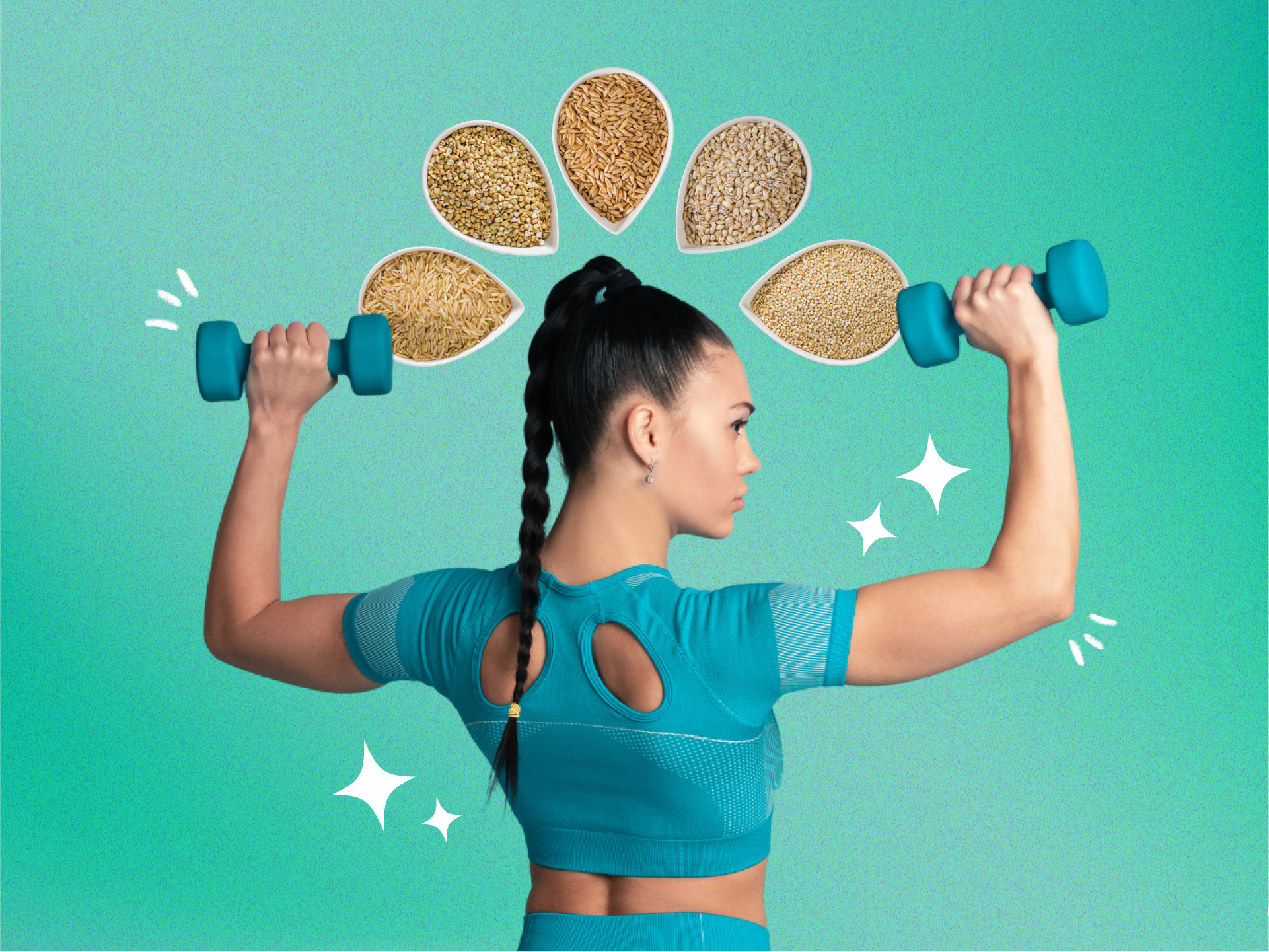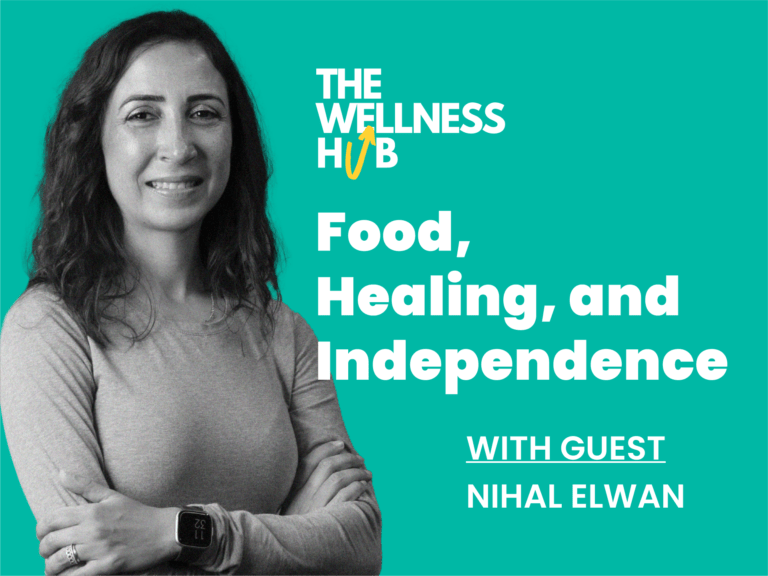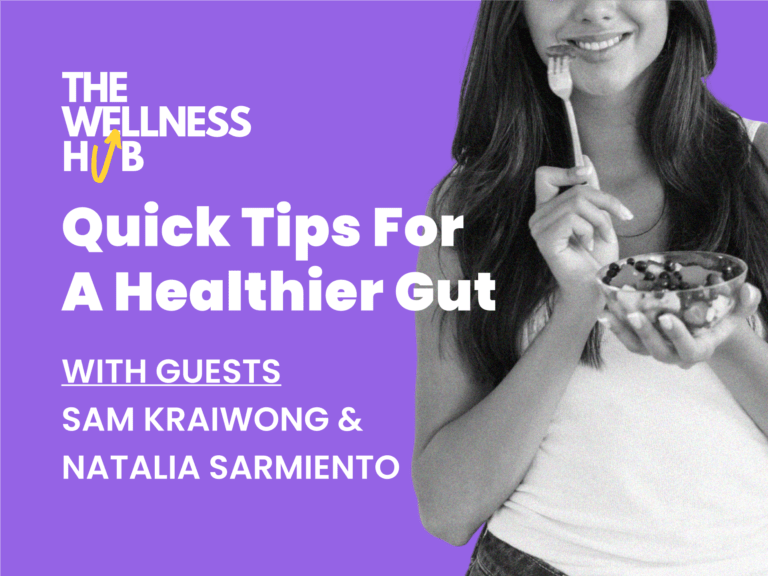Whether you’ve been on a vegan or vegetarian diet for years or you are just thinking about taking the leap into #veganlife, knowing how to properly nourish your body is key in succeeding and staying healthy through this new lifestyle. Though a plant-based diet can be very healthy and bring great results to many people, making the switch is not as simple as just cutting out all animal products. If you did this you’d pretty much be living off of potatoes and kale! This is a common mistake for people going into a plant-based diet (or any diet for that matter) with little thought or research to support their new lifestyle.
The first and biggest question when making the leap to a vegan diet is “where will I get my protein?” Fortunately, there are plenty of options to make your cooking balanced and nourishing, and giving your body the nutrition it needs in order to thrive.
What Are Proteins?
Let’s start with the basics. Proteins are large molecules made out of chains of amino acids. They are one of the three macro-nutrients, along with carbohydrates and fats, that are necessary for our bodies to function. These are some of the functions that proteins carry out in our bodies.
- Tissue Building and repairing: Proteins are the building blocks for soft tissue including muscles, tendons, ligaments, and cartilage. Having an appropriate amount of protein intake allows our body to adequately grow and repair tissue.
- Hormone health: Some proteins are in-charge of transmitting signals between cells, organs, and tissues to allow proper biological processes to take place. When we lack these proteins our hormone health can be affected bringing damaging misbalances to the body.
- Molecule transportation and storage: These types of proteins are responsible for binding with vital molecules and transport them into cells so they can be of use to the body. A common example of this type of protein is Ferritin. Ferritin stores iron which is critical in the process of making oxygen usable for the body, so it basically keeps our cellular respiratory processes functioning. It also protects cells from the potentially toxic effects of excess iron.
- Immune health: Antibodies are agents that bind to potential threats like viruses and bacteria to help the body fight against them. You probably guessed: they are proteins! So proper protein intake helps us fight disease.
- Enzyme function: Enzymes help carry out chemical reactions in the body. They are present in digestion processes helping the body absorb and use nutrients. They are also vital in the creation of new molecules so that compounds can be used by cells properly.
Where to Find Them
Clearly, proteins are crucial when it comes to supporting the proper functioning of the body. So now that we’ve covered the functions of protein and why it’s important, you’re probably wondering what are the best ways to get enough of it on a plant-based diet.
This is where things get interesting when making the shift to vegan eating. Most animal products including meats, fish, dairy, and eggs are complete protein sources. this means that they contain all essential amino acids that we need to consume for proper body function. There are some plant-based complete protein sources, but not all vegan protein sources have all essential amino acids, which is why having a wide range of protein sources is important, especially on a meatless diet.
Complete Protein Sources
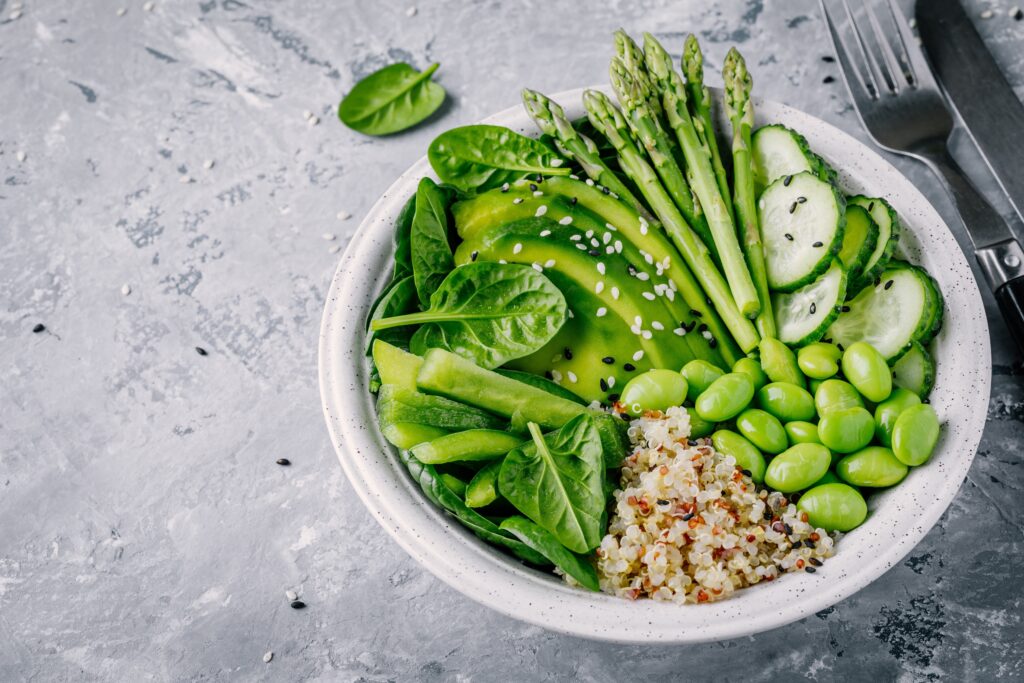
Quinoa
Quinoa’s popularity has exploded in the wellness world over the last couple of years. This ancient grain is originally sourced from countries like Peru and Bolivia and has been consumed since pre-colonization times in these areas. It is high in B vitamins which tend to be deficient on plant-based diets so this is a great choice of protein source on a plant-based diet. If you chose to add quinoa to your diet or already have it as a staple, we encourage you to buy it from fair trade companies and sustainable sources since there is a lot of exploitation behind the scenes since this crop became a wellness staple in North America.
Buckwheat
Buckwheat is a pseudo-grain like quinoa. It is also a great source of amino acids and contains decent amounts of fiber as well. It is rich in several minerals like copper, magnesium, and iron which also tends to be lacking in some vegan regimes. Buckwheat is also low in phytic acid compared to other grains and seeds. High quantities of phytic acid can impair the absorption of minerals like iron, zinc, and calcium, so buckwheat’s low physic acid profile makes it a great choice.
Soy
Let’s talk about the elephant in the room. Soy has a bad rap even among some plant-based eaters. There are a few reasons for this. First, soy is over-consumed in western diets with overly processed products. If you look at the ingredient list of a vinaigrette, bread, pastry, or even a healthy-looking, plant-based yogurt you’ll most likely find something like soy lectin, soy protein concentrate, or something of the likes. These hidden ingredients mean that we are consuming a lot of soy products without even realizing it. And these soy-based additives are usually highly processed which is no good news.
Another issue with soy is that it can be greatly genetically modified. Because it is a common source of protein for human consumption and animal feed, GMOs have been bombarded into soy to help grow it more efficiently. These processes change the molecular structure of the crop and though the effects of GMOs are still quite unknown, there is reason to believe that they can jeopardize health after long-term intake.
Last but not least soy is rich in phytoestrogens, a compound similar to human estrogen. Because of this over-consuming soy products can alter hormonal balance leading to potential health complications.
All of this being said, soy is not a “bad” food. It is the overconsumption of soy products that can get us into trouble. Soy, especially non-processed soy like soybeans, edamame, or even minimally processed products like tofu, miso, and tempeh, are great sources of protein. Soy is high in vitamin K, folate, manganese, thiamine, and fibre, and like our other complete proteins, it is a great source of essential amino acids.
So the bottom line with soy: Eat it moderately, check labels for hidden processed soy products, and choose minimally processed products that are ideally non-GMO and organic.
Hempseed
Hemp seeds are another great choice of protein with a high amino profile. They have no phytic acid so they don’t hinder nutrient absorption and they are a decent source of healthy fats including Omega-3s. But let’s be real, you’re probably not gonna dump a cup of hemp seeds onto your salad, so you might want to throw them on top of a quinoa salad or bean chili to give your dishes an extra boost of good protein. There are however protein powders made out of hemp seeds which give you a more concentrated serving of hemp protein. These are great to throw in smoothies and other recipes to get more of a meal-sized amount of protein.
Incomplete Protein Sources
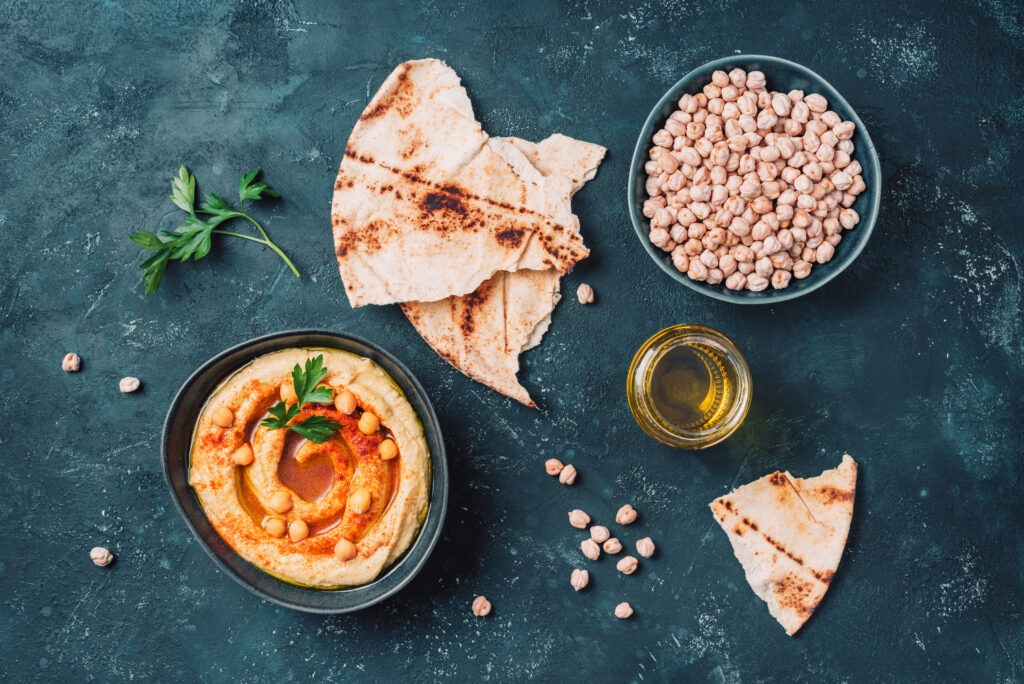
Legumes
Legumes are a family of seeds that come from pod plants. These include peas, lentils, beans, chickpeas, and peanuts. (Soy is also a legume but it’s the only complete protein source from the legume family)
Legumes are a great source of protein. They are also rich in fibre and many have high iron levels as well. They also have a decent amount of some B vitamins, zinc, copper, and manganese. Peanuts are also a good source of healthy fats.
Legumes tend to be high in phytic acid, which as we mentioned earlier can inhibit the absorption of some nutrients, especially in a meatless diet. Soaking legumes overnight or sprouting them can help reduce the effects of phytic acid. Fermentation is also a good way to counteract the phytic profile.
Because legumes are incomplete sources of protein it is a great idea to consume a variety of them. You can do this by making bean medleys and mixing them in your meals or simply switching your choices throughout the days to get a good nutrient variety.
Grains
Grains are probably the most common source of food products today. They grow in grass-like crops and include wheat, rice, corn, oats, and barley, among others.
Grains like soy tend to get a bad reputation in the wellness world. This is mostly because grains have been incredibly processed and modified throughout the years, and these processes have started to cause different health issues from mild digestive issues to major food intolerances and immune issues. this is especially true of highly refined and processed grains as those used for white breads and refined baking.
Whole grains are less processed and tend to be higher in nutrients. Oats are usually eaten whole for example and provide some protein and good fibre levels. Whole grains are also known for being heart-healthy and lowering the risk of diabetes and heart disease when consumed in moderation.
If you do choose to consume grains opt for less processed products, whole grains, and ideally non-GMO since grains(especially wheat and corn) tend to be largely genetically modified. Baking at home and limiting processed baked goods is a good way to treat yourself and enjoy some of the health benefits of grains without putting as much stress on the body from overly processed foods.
Gluten can be an issue for many people these days and this is in part because of the excessive modifications that grains have undergone. Their molecular constitutions, especially that of gluten, have evolved much faster than our bodies, making a lot of these compounds virtually unrecognizable to our bodies which causes an aggressive immune reaction, especially in those with celiac disease or non-celiac gluten intolerances. So if you suspect a gluten intolerance check with a healthcare provider as eating gluten and other gluten-like compounds can be very detrimental to some people’s health.
Nuts and Seeds
Nuts and seeds are not really a large source of protein. They are mostly fat. But they do have some protein. Pumpkin seeds, peanuts, almonds, and pistachios are some of the highest sources of protein in the nut and seed family. These still don’t represent a large protein content per serving, but paired with other protein sources can help enhance your meals with some added amino-acids and a boost of healthy fats. So top your salads with some pumpkin seeds or add some almond butter to your home-made toast to give a little extra nutrient boost to your meals.
Check out our plant-based menu.

